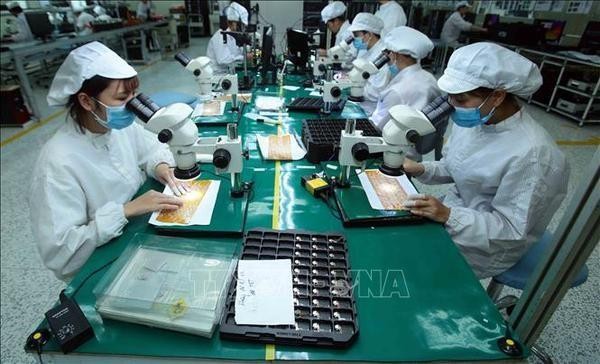The event drew representatives of Departments of Industry and Trade of localities in the central and Central Highlands regions, Vietnamese Trade Councilors in Northern Europe, Eastern Europe and Southern Europe, as well as those from trade associations, European importers, consulting organisations, and more than 100 exporters.
Along with providing information on promising markets in the EU, it also aimed to connect Vietnamese firms with importers and international distributors.
Nguyen Thao Hien, Deputy Director of the Europe-America Market Department under the Ministry of Industry and Trade, noted that the EU is Vietnam's leading trading partner and the third largest export market, with average export growth reaching 7.5% per year, accounting for 13.6% of the country’s total export revenue each year.
In 2021 and the first months of 2022, two-way trade continued to recover and grow strongly, even compared to the pre-pandemic period.
According to the General Department of Vietnam Customs, last year, Vietnam - EU trade revenue hit 57.01 billion USD, up 14.5% over the same period in 2020. Of this, Vietnam’s exports reached 40.1 billion USD, an increase. 14.2%, while imports were 16.9 billion USD, up 15.3%, Hien noted.
She said that in the first 10 months of 2022, trade revenue between the two sides rose 14% year on year to 52.5 billion USD, with Vietnam’s exports reaching 39.7 billion USD, up 23.5%, and imports of 12.7 billion USD, adding that Vietnamese exporters have penetrated deeper into niche markets such as those in northern, eastern and southern Europe.
Goods for export have also been diversified, including machineries, equipment, tools, spare parts, footwear, computers, electronic products and textile materials, seafood and coffee.
Participants suggested the organisation of more trade promotion activities and more support to businesses to further exploit the EVFTA and increase exports to the EU.
Businesses also pointed to difficulties facing them in accessing the market.
















